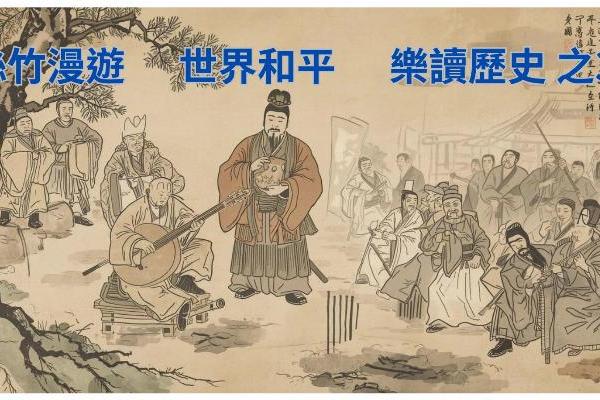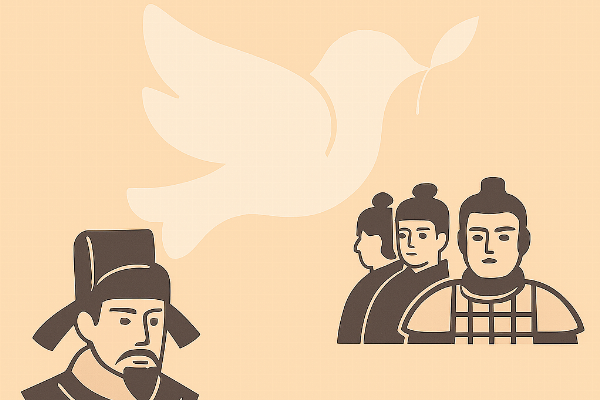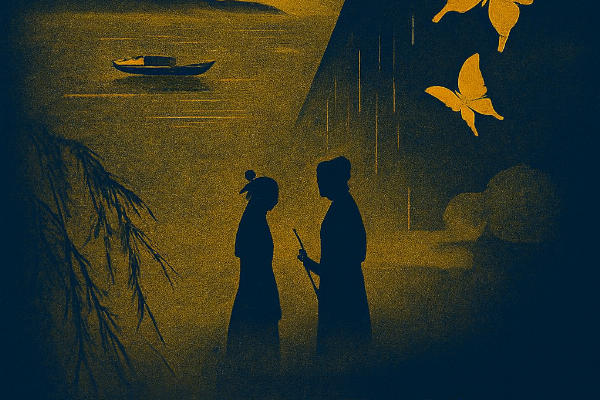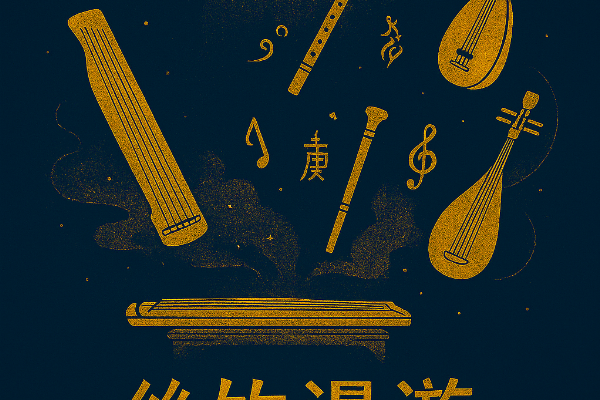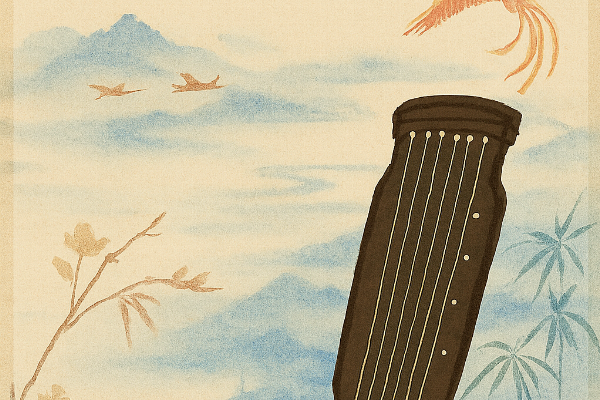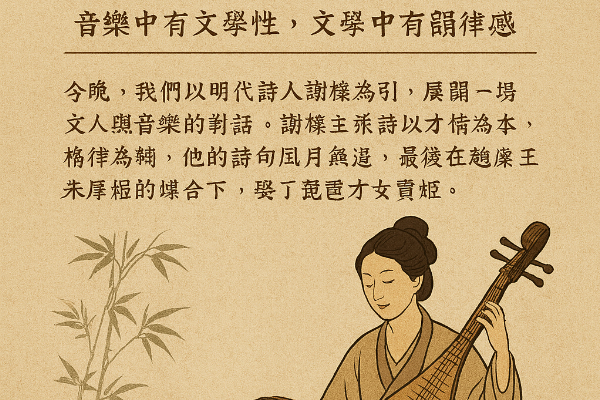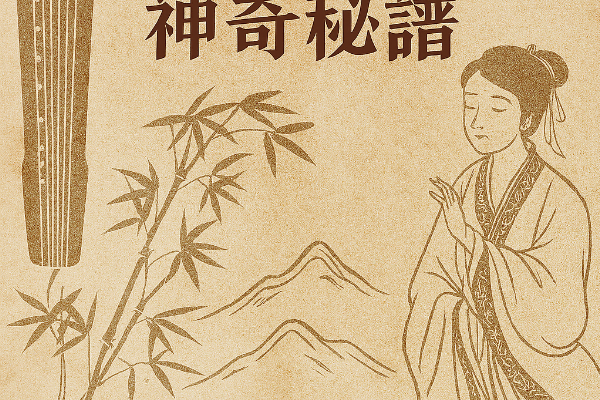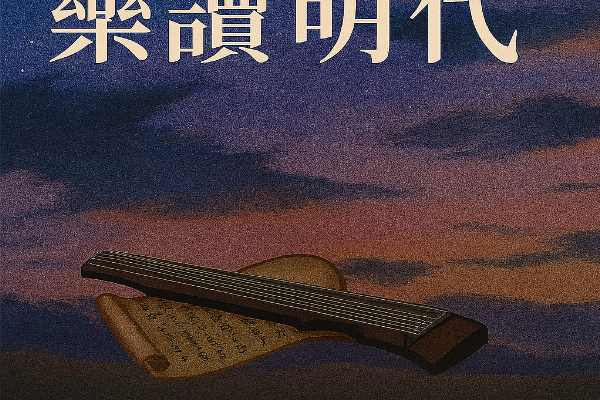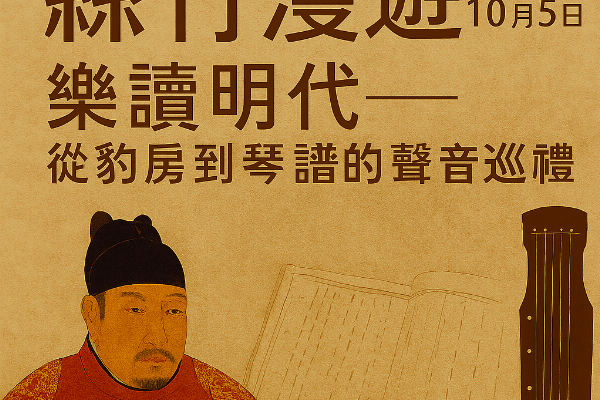
::::::
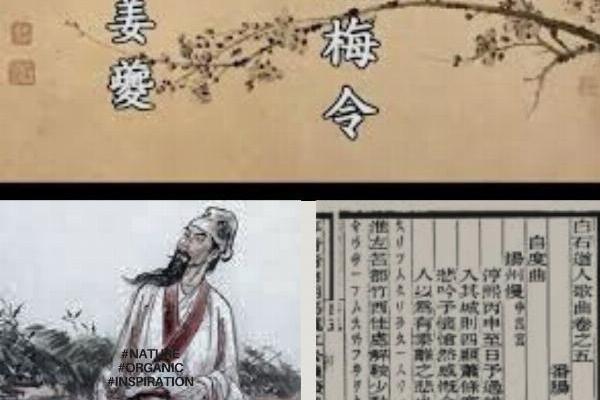

Wonder in Sizhu
HostMali Liu

Topic
Literature has rhythm. Music has literary soul. In the delicate tones of silk and bamboo, we glimpse a civilization’s finest hour—where melody carries meaning and words resonate like song.
Content
Literature has rhythm. Music has literary soul. In the delicate tones of silk and bamboo, we glimpse a civilization’s finest hour—where melody carries meaning and words resonate like song.
Tonight, we follow the life and art of Jiang Kui (ca. 1155–1221), known as Baishi Daoren, a Southern Song poet, composer, and calligrapher. Though he never held office, Jiang’s legacy endures through his refined ci poetry and self-composed melodies. His anthology Songs of the Master of the White Stone includes musical notation, making it a rare fusion of text and tone.
We begin with An Xiang and Shu Ying, two sister pieces composed during a snowy visit to Fan Chengda at Stone Lake. These works use plum blossoms to evoke solitude, memory, and the fragility of beauty. Jiang’s music is not grand—it is intimate, like a letter written in moonlight.
Next, we explore Ge Xi Mei Ling, Zui Yin Shang Xiao Pin, and Yangzhou Man, each revealing Jiang’s mastery of musical structure and poetic nuance. His tune patterns, such as Jiao Zhao and Zhao, are original creations, blending ancient tonal modes with personal emotion.
Finally, we turn to Yue Jiu Ge, Jiang’s ceremonial song cycle modeled on Qu Yuan’s Jiu Ge. Composed in Shaoxing, each piece honors historical figures through ritual lyricism, preserving regional memory and spiritual reverence.
Jiang Kui’s art is a triad of poetry, music, and calligraphy. His melodies are not just heard—they are felt, like the brushstroke of a thought or the echo of a sigh. Tonight, we listen not only to music, but to the soul of Song culture.
Goodnight.
LIVE

